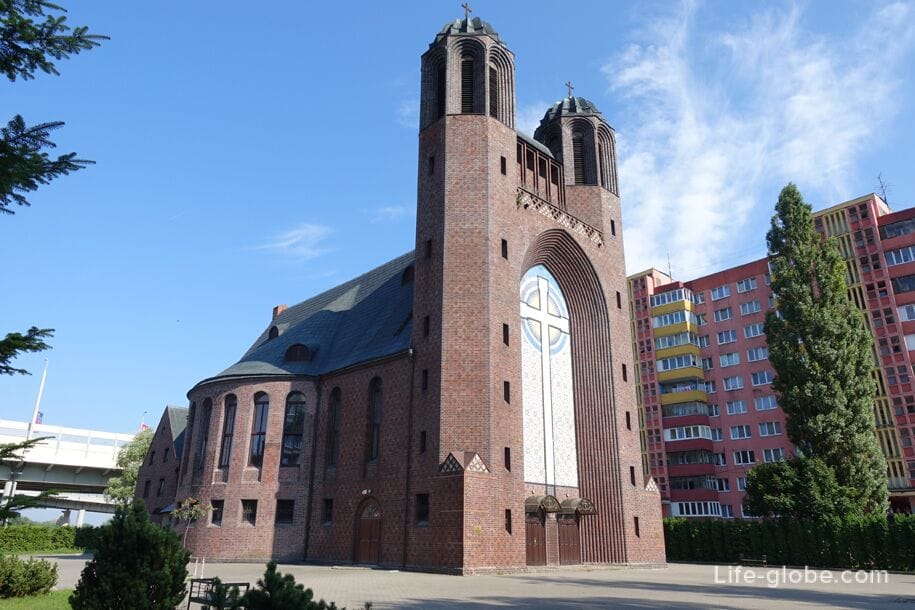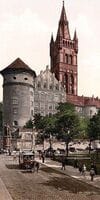Konigsberg Castle (German name Das Königsberger Schloß) is the symbol and pride of Konigsberg. It was from this castle that the birth of Konigsberg began.
The name of this castle ("Konigsberg") gave a common name for the city that arose at the castle walls - Konigsberg (now Kaliningrad).
Konigsberg Castle is also called the Royal Castle.
Once the Konigsberg Castle, along with the Cathedral, was the most important and ancient landmark of the city.
The castle has a very long and very rich history, but, unfortunately, the castle has not survived to this day. Currently, only a small part of the ruins remains on the site of the once majestic and, without a doubt, beautiful Royal Castle (archaeological excavations):
- fragments of castle dungeons;


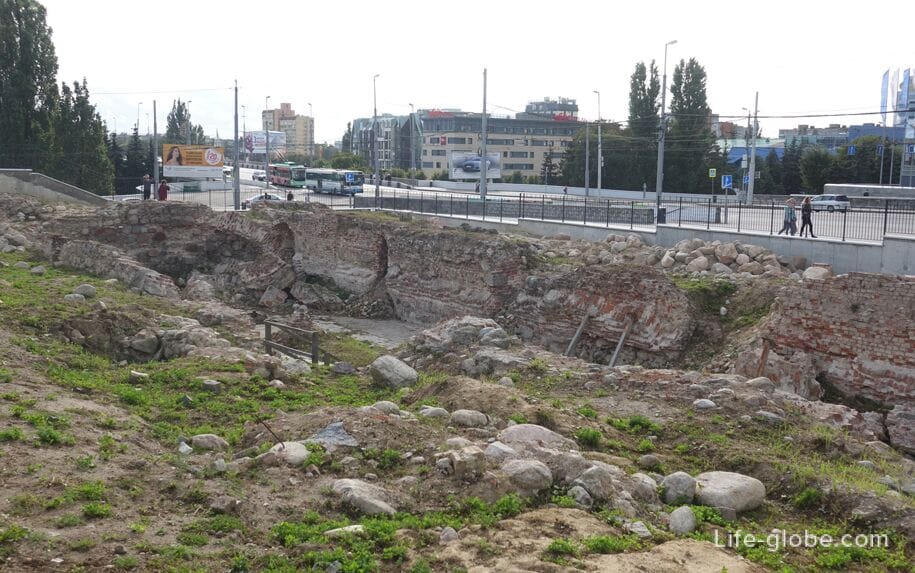
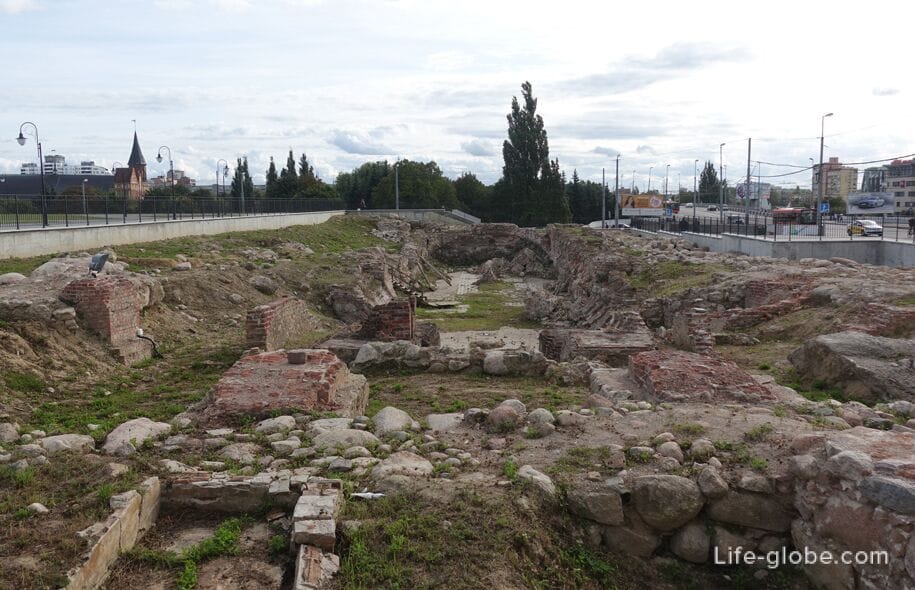
- a fragment of the Southern Terrace of the Royal Castle, which can be seen from Moskovsky Prospekt.
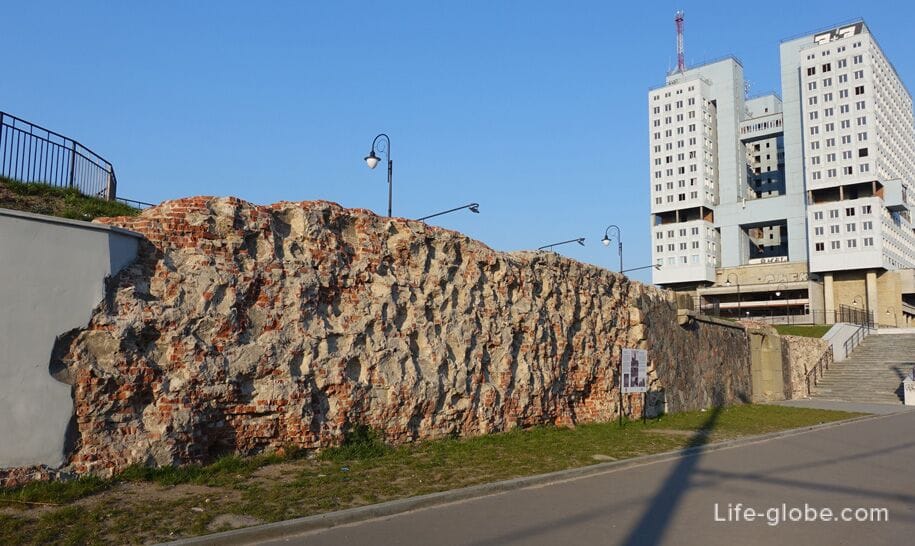
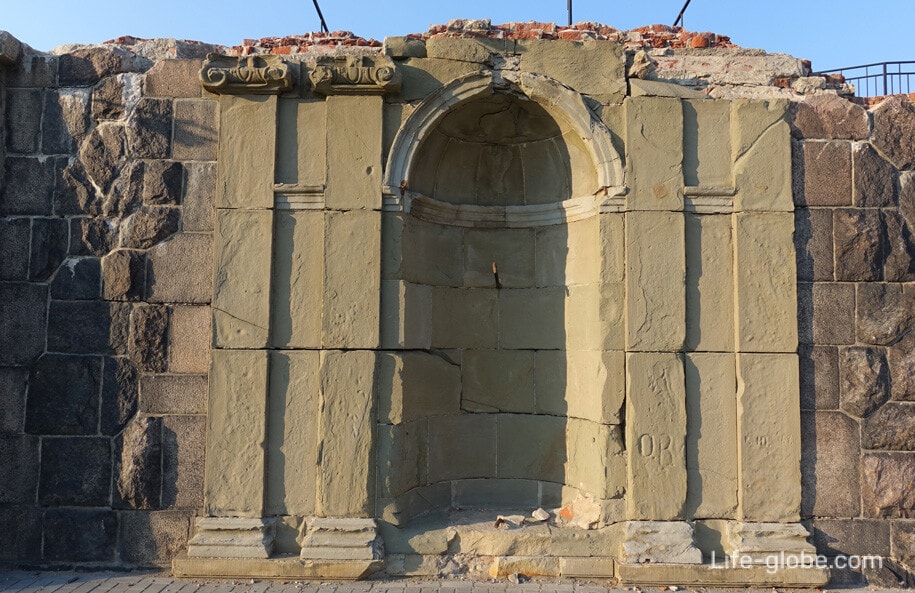
The southern terrace of the castle was equipped in the 19th century. For the construction of the terrace, a complex of old buildings in the northern part of Altstadt was demolished. A portal with a niche was made in the wall, where a sculpture of King Friedrich Wilhelm I, the work of I. Meisner (1730), was installed. In the summer, tubs with exotic plants were placed along the retaining wall. The southern castle terrace was a popular place for walking and recreation of citizens.

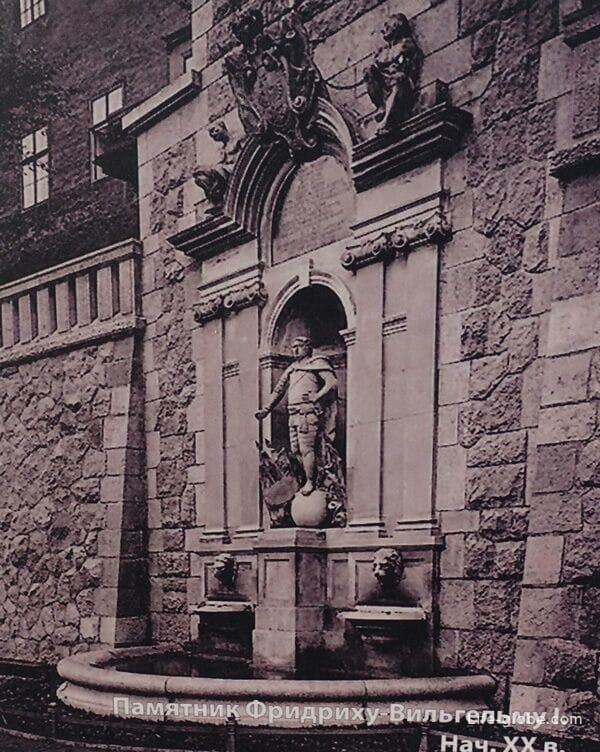
Now, the past grandeur and beauty of the castle, we can see only by the few surviving photographs, some of which are on display in the permanent exhibition of the Museum of Fine Arts of Kaliningrad.
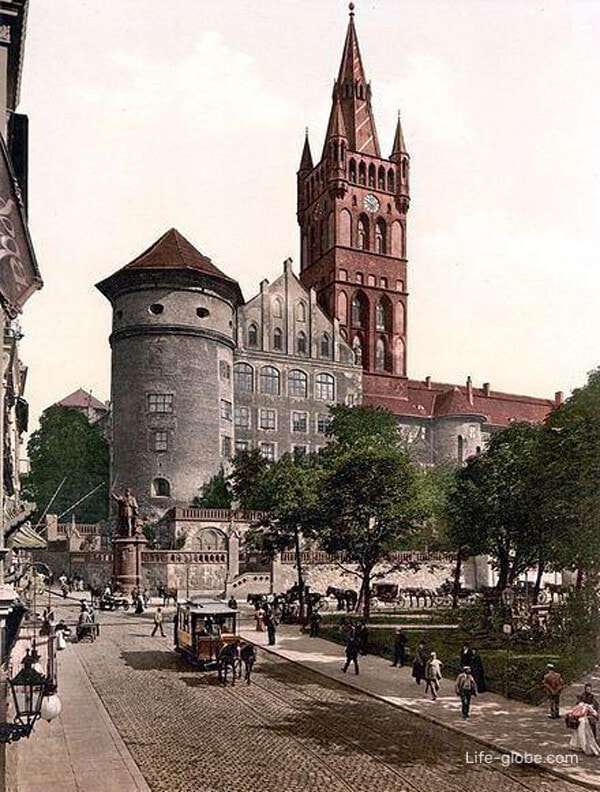
The courtyard of the castle
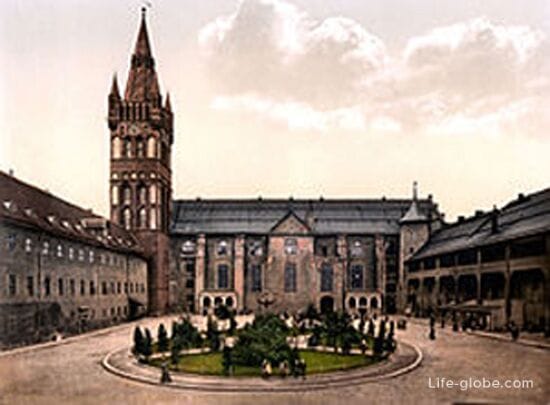
Northeast corner of the castle
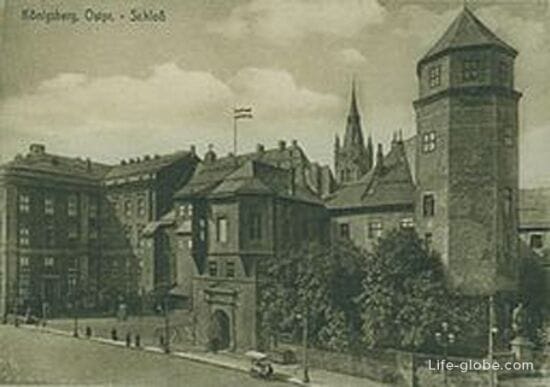
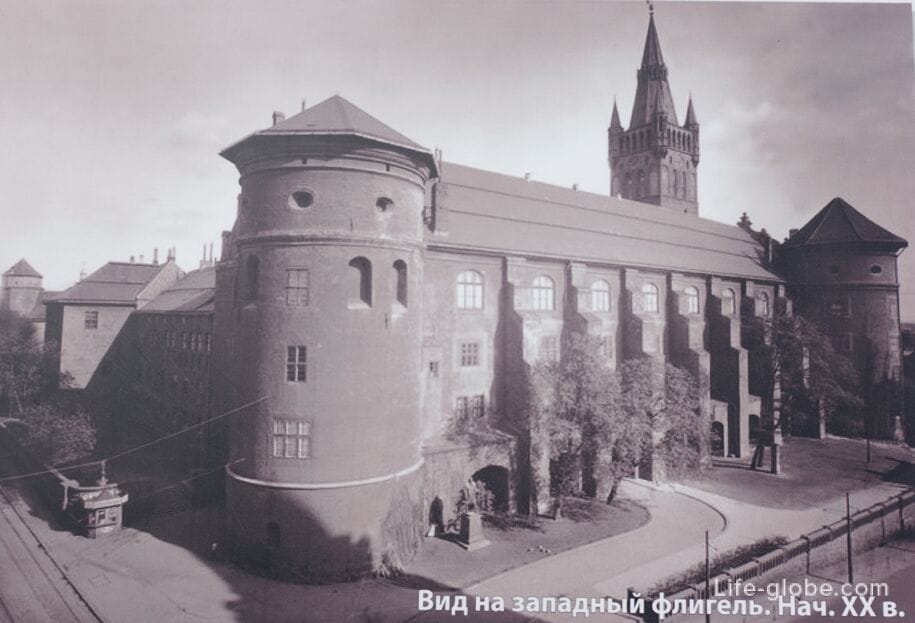
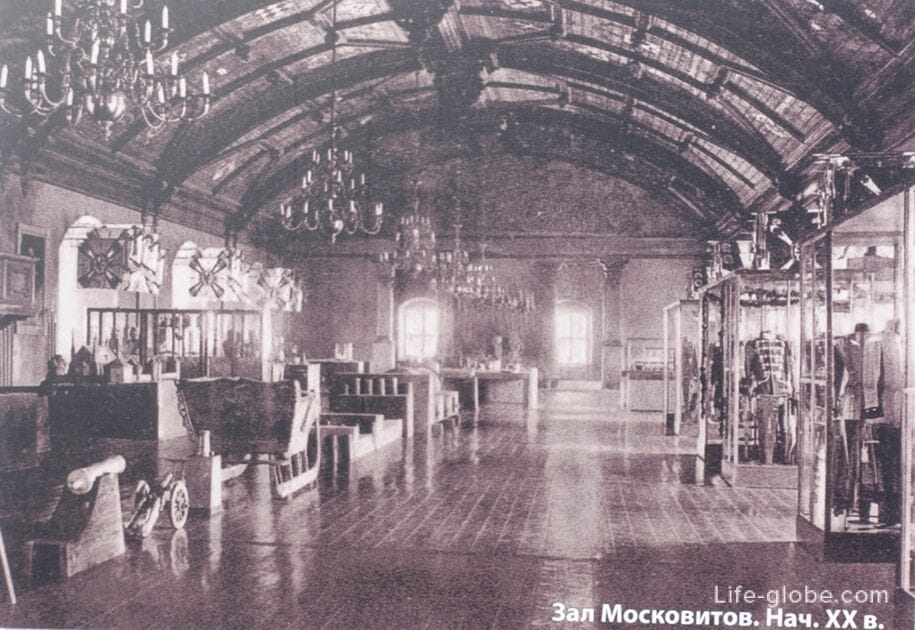
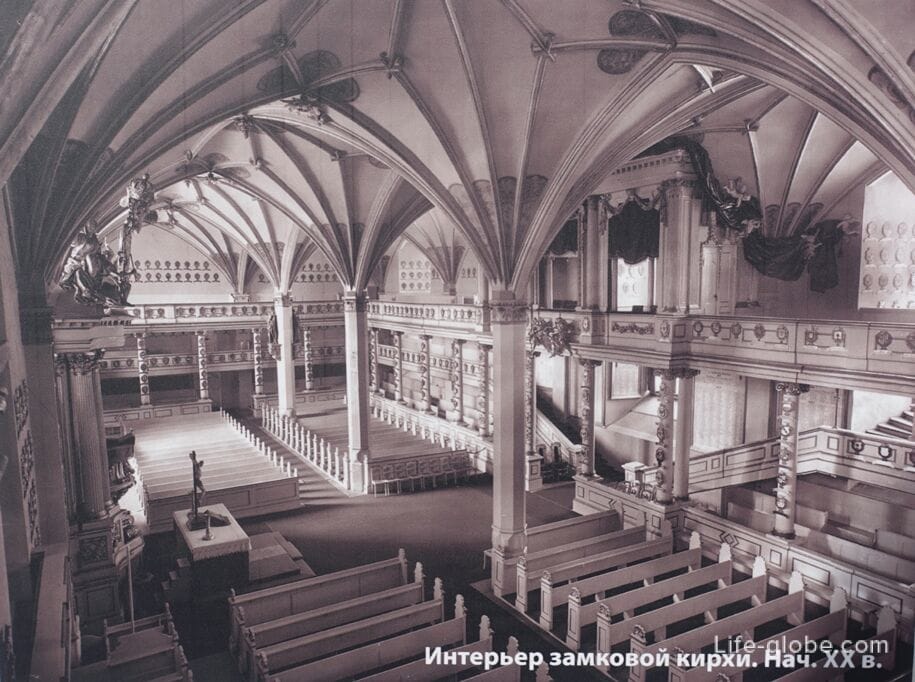
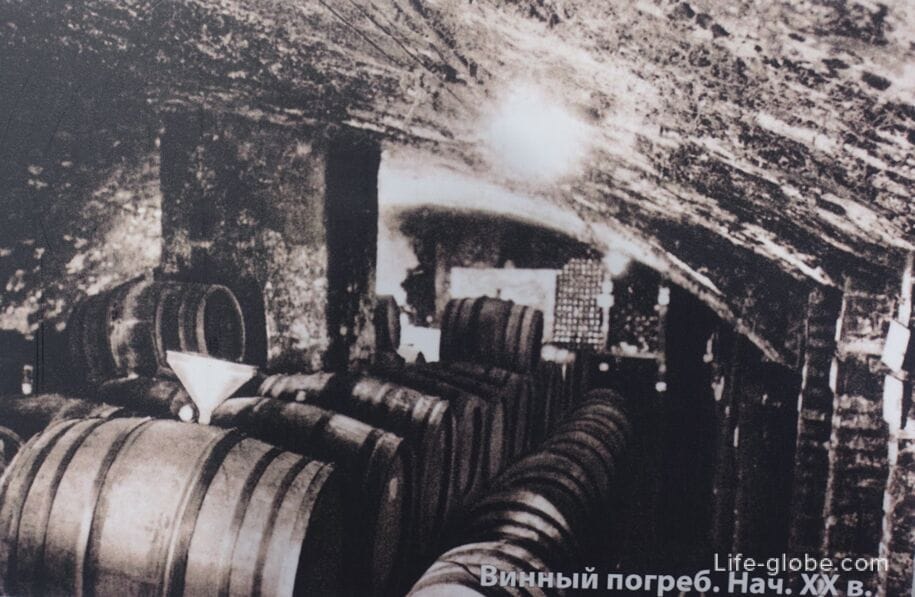
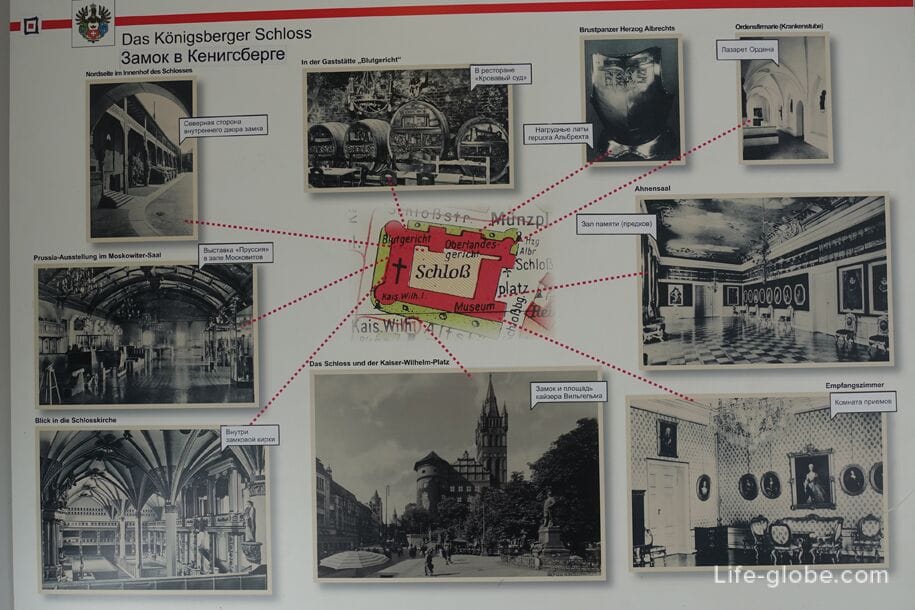
Also, the royal castle is depicted on the model of Konigsberg in 1937, the author is the artist-architect of the Kant Museum - Albert Mikhailovich Dyryshchev. The model is in the Kant Museum in the Kaliningrad Cathedral.
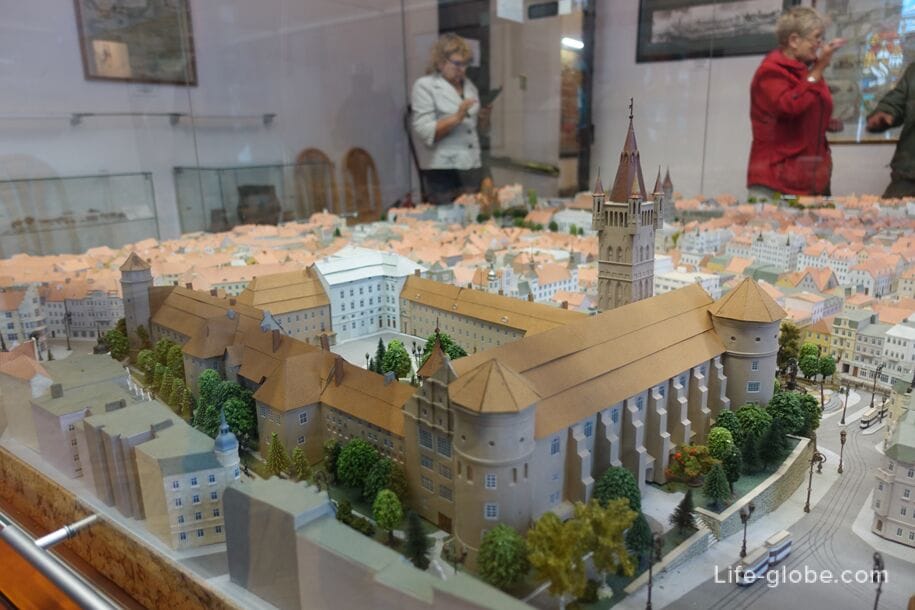
Foundation and history of the Konigsberg Castle
At the end of the 12th century, the Teutonic Order was founded in Palestine during the Crusades, along with other monastic orders. The Crusaders in Palestine were defeated by the Muslims and had to leave the Holy Land and return to Europe.
By the beginning of the 13th century in Europe, only the population of the Southeastern Baltic States (the ancestors of the Lithuanian, Latvian and Estonian peoples, as well as the ancient Prussians) remained pagans. Polish Prince Konrad Mazowiecki, who was at war with the Prussians, called on the Teutonic Order to help. With the support of the Pope, the Teutonic Order began to forcibly Christianize the Prussians. The systematic conquest of the Prussian lands, stretching from the mouth of the Vistula to the mouth of the Neman, began. During the campaigns, the knights founded castles, relying on which they moved on.
In December 1254, detachments of volunteer knights led by the Czech King Otakar II Przemysl and the Margrave of Brandenburg Otto II went to help the knights of the Order suffering defeat.
At the beginning of 1255, the combined knight's army reached the area called Tuvangste by the Prussians. According to legend, it was here, on the high bank of the river Liptsa (German name - Pregel, Russian - Pregolya), King Otakar advised the knights of the Order to build a castle and left "rich gifts" for this. In memory of the king, the castle was named "Konigsberg" ("Royal Mountain").
The construction of the fortress lasted for several decades. The castle became the center of the Konigsberg district, which included the northeastern lands of Prussia, and, along with the military, the castle also performed administrative functions.
Since 1323, the Konigsberg Castle became the residence of the Supreme Marshal of the Order and the organized center of the crusades against Lithuania that lasted until the end of the 15th century.
Since 1457, the Konigsberg Castle has been the seat of the Grand Master, the head of the Teutonic Order.
In 1525, the order state was transformed into a Prussian Duchy, and the castle housed the court of the Duke of Prussia.
In the second half of the 16th century, the convention house was demolished (the western part of the castle), and the construction of an outbuilding began in its place. This defensive structure had two round powerful towers on the sides, the wall between which was reinforced with buttresses. A gate was made for the exit to the castle courtyard.
The wing had basements for storing food supplies, and later ammunition. On the ground floor there were service rooms, on the second - the castle church.
In 1697, in the walls of the great hall for celebrations, which was located on the third floor of the castle, then Elector Frederick III hosted the Great Moscow Embassy, which included Tsar Peter I. Perhaps it was after this reception that the hall received the name "Muscovite Hall".
In 1701 , the coronation of the first Prussian king Frederick I took place within the walls of the castle .
After the First World War, the provincial museum "Prussia" moved to the castle, weapons collections were presented in the Muscovite hall. The round towers housed offices, workshops and libraries.
In August 1944, as a result of air raids, the castle was destroyed, calling into question its continued existence.
Photo of the Konigsberg Castle after the Second Pestilence War

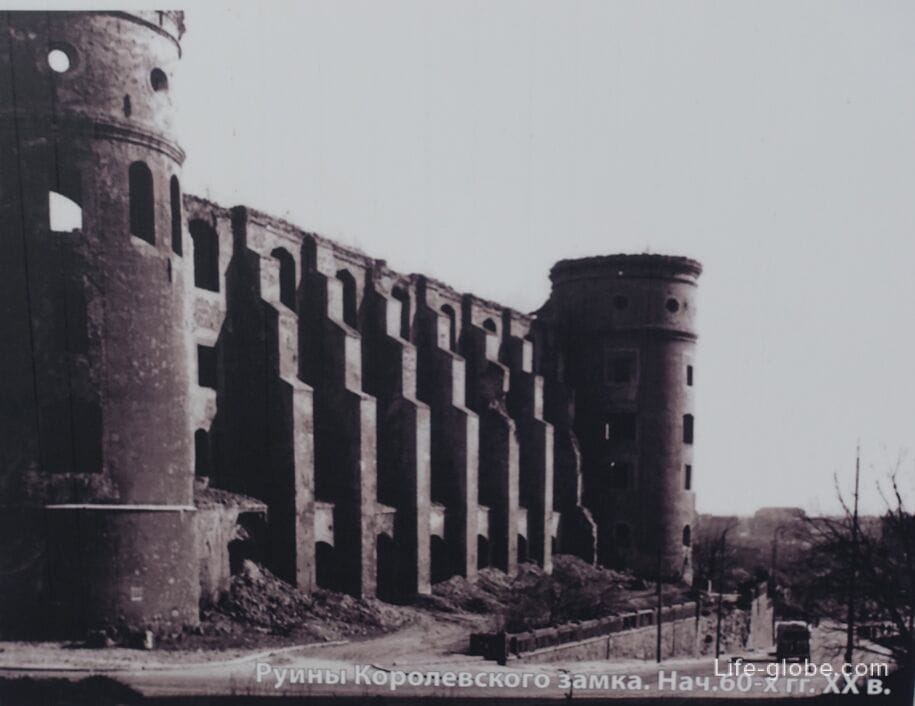

The ruins of the castle were preserved until the second half of the 1960s, when the regional authorities decided that it was impossible for them to remain in the center of the city and that it was impractical to restore an object of a different, non-Soviet, culture.
The ruins were demolished; the foundation was covered with slabs of Kaliningrad Square; the remains of the retaining walls of the southern terrace were gradually dismantled to restore other urban facilities, and at the turn of the 1970s-80s the lower retaining wall was finally dismantled, while the small remaining fragments of the upper retaining wall were covered with concrete, faced with limestone slabs.
This is how, sadly, the full-fledged history of the Konigsberg Castle ended.
Fragments of the dungeons and the southern terrace of the castle were revealed during archaeological excavations in 2001 - 2005 and 2016.
In 2018, landscaping works were carried out on the territory of the former castle, at the expense of a private investor, in preparation for the World Cup. Conservation of the remaining remains of the castle has been carried out.
Approximately on the site of the southeastern part of the Konigsberg Castle, the House of Soviets, which was under construction (and unfinished) in Soviet times, currently stands.
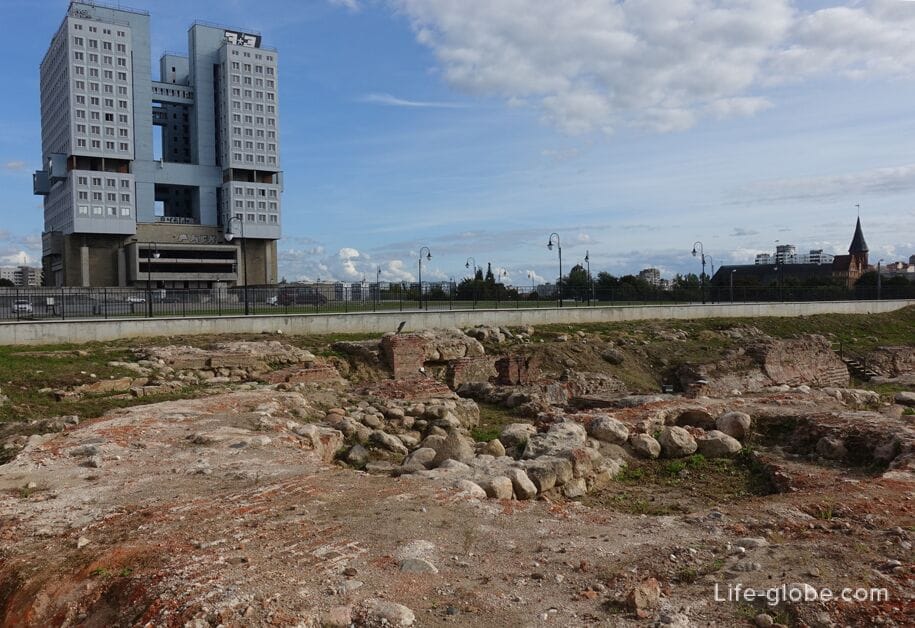
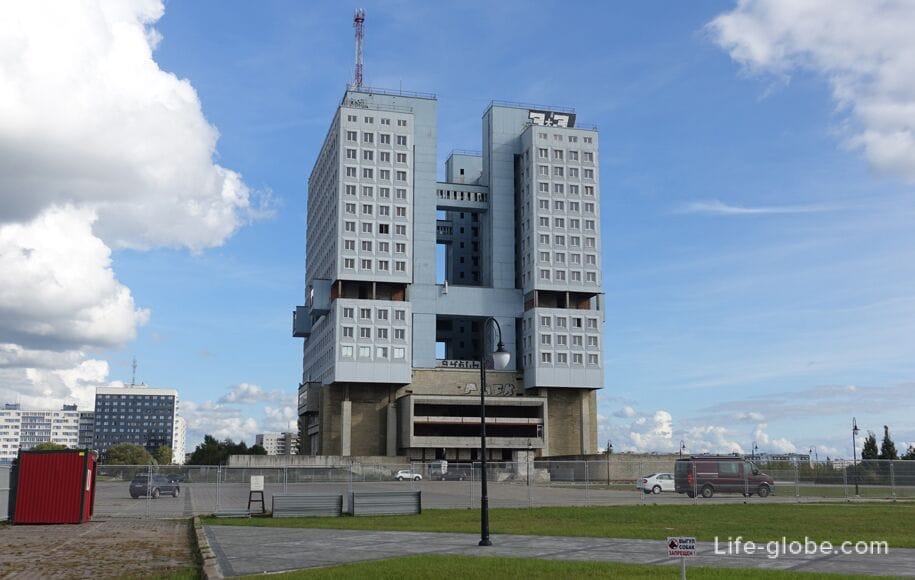
The Amber Room and the Konigsberg Castle
Konigsberg Castle is the last known location of the legendary amber room (1942-1945). Before that, the Amber Room was located in the Catherine Palace, the former Tsarskoye Selo (now the city of Pushkin St. Petersburg).
During the storming of Konigsberg by Soviet troops in April 1945, the Amber Room disappeared without a trace. Her fate still remains one of the mysteries of history.
Some researchers of the location of the room believe that it is still located in the cellars of the castle, although reliable sources confirming this information have not been found. The search for the amber room was one of the goals (not the main one) of the excavations of the castle carried out in 2001-2008 by the German magazine "Spiegel".
There are also other versions related to the location of the amber room (its remains and parts). Some suggest that it was taken to Berlin, then transferred to the United States, other versions say that the room was taken out and buried in the northern part of the Jutland peninsula, or even hidden in one of the caves near Dresden, or perhaps it was simply disassembled into small parts and transported to various corners of the earth.
Today, in the Catherine Palace, you can visit the Amber Room hall. Learn more about the halls of the palace, including the Amber Room...
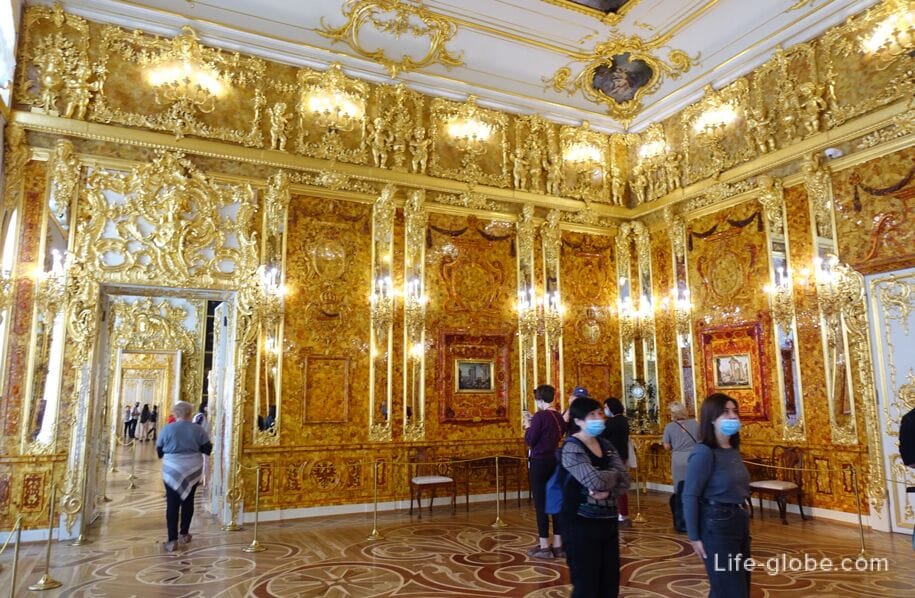
What to visit near the ruins of the Royal Castle in Kaliningrad
Kant Island, where there are: the Cathedral, Honey Bridge connecting the island with the Fishing Village, Kant's grave and sculpture Park.
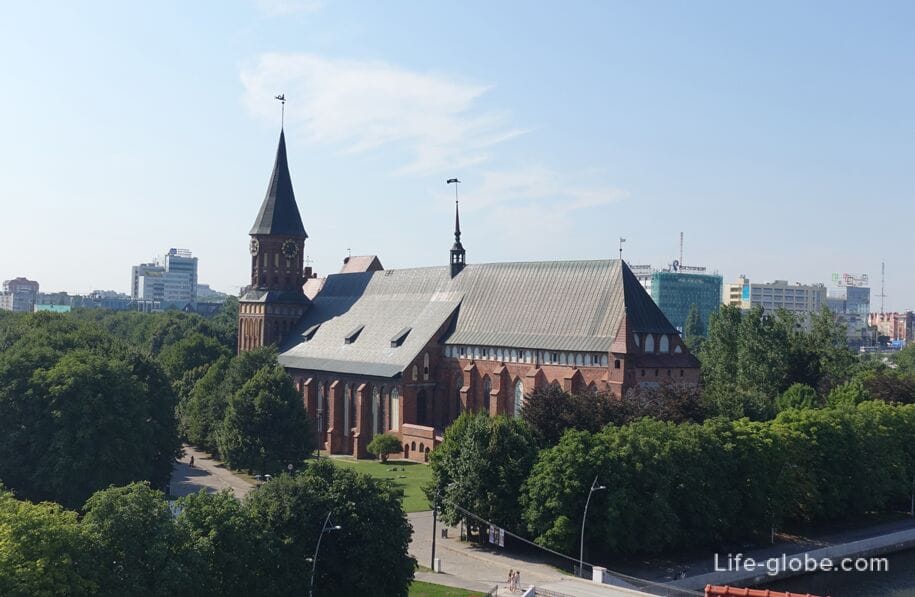
The Fish Village is an ethnographic and trade and craft complex, currently one of the most visited places in Kaliningrad.
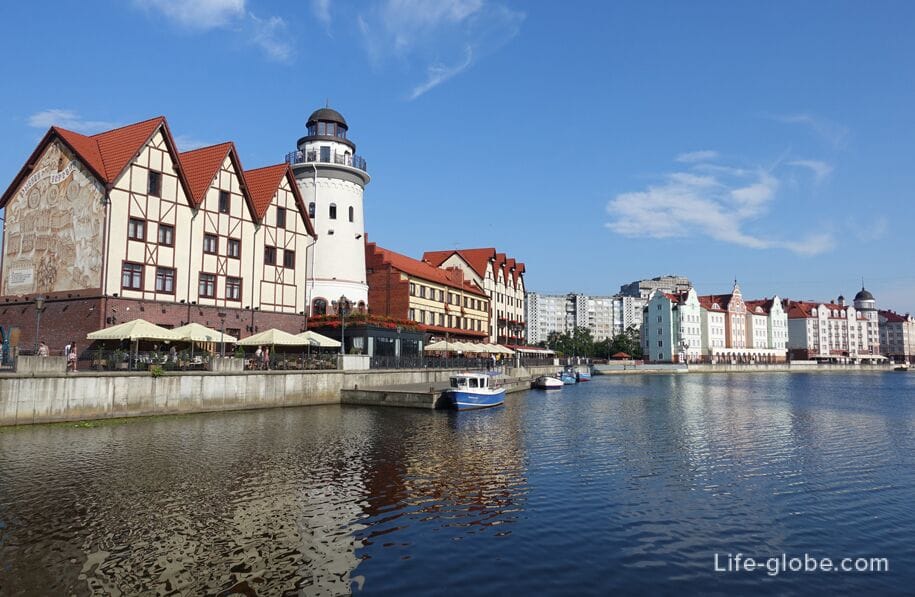
The lower lake is a favorite place for walking and recreation among locals and visitors of the city.
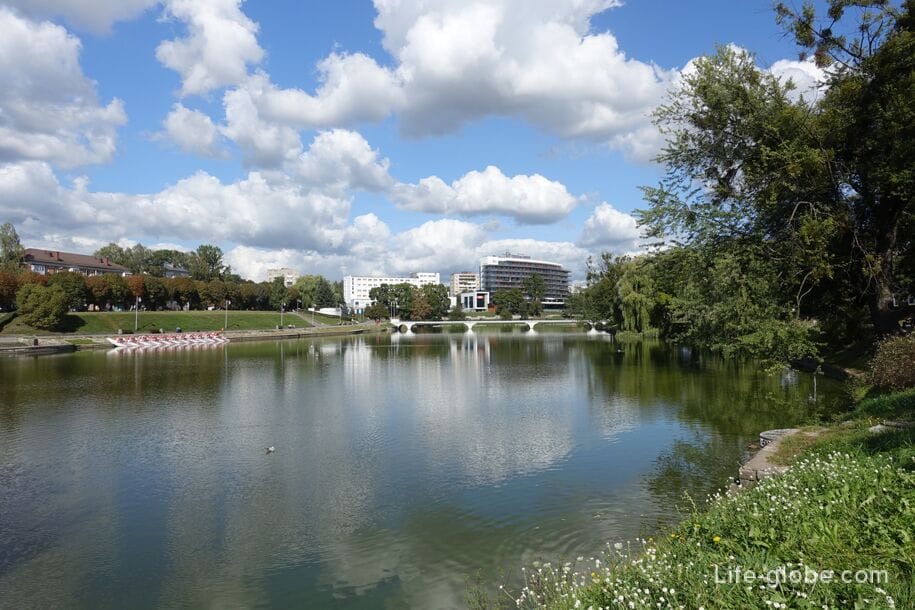
The Museum of the World Ocean is Russia's first comprehensive marine museum and the largest museum in the Kaliningrad Region.

The historical and cultural center "Ship Resurrection", located in the restored premises of the Friedrichsburg Gate and on the adjacent territory.
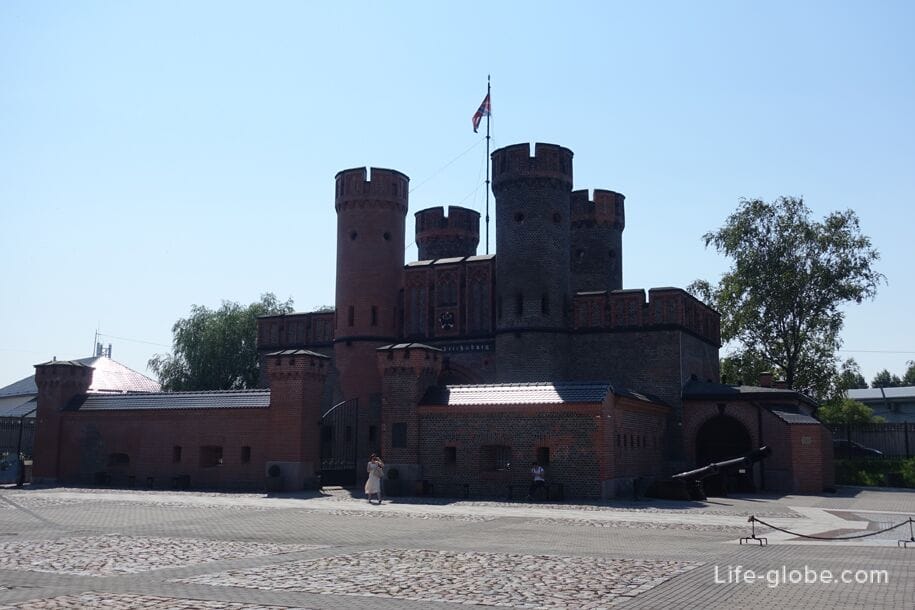
Holy Cross Cathedral, formerly the Church of the Cross or Kreuzkirche.
